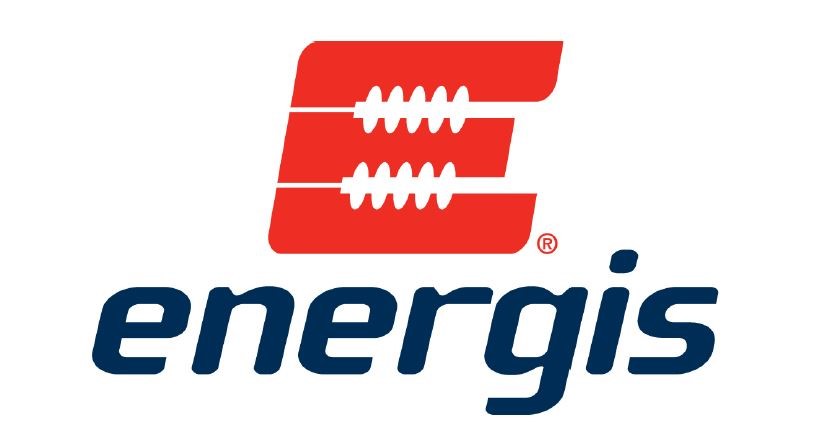Title Page
-
Location of Space
-
Point of Access
-
Reason for Entry
-
Duration of Entry
-
Conducted on
-
Entrant(s)
- Person 1
- Person 2
- Person 3
- Other
-
Other Entrant(s)
-
Attendant(s)
- Person 1
- Person 2
- Person 3
- Other
-
Other Attendant(s)
-
Supervisor
- Person 1
- Person 2
- Person 3
- Other
-
Other Supervisor
Hazards Identified
-
Identify Potential Hazards within Confined Space
- Access / Egress
- Bacterial
- Chemical Exposure
- Electrical
- Engulfment
- Entrapment
- Gas
- Lighting
- Immediately Dangerous to Life or Health - IDLH
- Mechanical
- Noise
- Oxygen
- Protruding Object(s)
- Slip / Trip / Fall
- Space
- Steam
- Temperature
- Other
- No Major Hazards Identified
-
Oxygen Hazard Present
- Oxygen Enriched
- Oxygen Deficient
-
Gas Hazard Present
- Toxic Gas
- Combustible Gas
-
Space Hazard Present
- Horizontal Space
- Vertical Space
- Limited Space
-
Temperature Hazard Identified
- Hot Working Conditions
- Cold Working Conditions
-
IDHL Hazard Present
- Hazardous condition that poses a threat to life
- Hazard causes irreversible adverse health effects
- Hazard interferes with an individual's ability to escape unaided from a permit space
- Hazard has concentrations so high that they present immediate risk of injury, sickness, or death to an exposed worker
-
Describe hazardous condition that poses threat to life.
-
Describe hazard that causes irreversible adverse health effects.
-
Describe hazard that interferes with unaided escape from permit space.
-
Describe type of high concentrations.
-
Other Hazard Identified
Minimal Required PPE
-
Identify Minimal Required PPE for Confined Space Entry
- Respirator
- Protective Clothing
- Hearing Protection
- Foot Protection
- Hand Protection
- Head Protection
- Eye Protection
- Face Shield
- Fall Equipment
- Other
-
Identify Other required PPE for confined space entry
Confined Space Entry Requirements
-
Identify Confined Space Entry Requirements
- Pre-Entry & Rescue Briefing
- Air Monitor
- Ventilation
- External Barricade / Barrier Tape
- How Work Permit & Procedures
- Lighting
- Flush/Purge/Drain/Clean
- Electric Precautions
- Rescue Equipment
- Communication
- Fall Protection
- Lockout/Tagout Procedures
- Traffic Control Procedures
- Other
-
Rescue Equipment Required
- Tripod
- Hoist
- Davit
- Body Harness
- Lifeline
- Other
-
Describe Other Rescue Equipment Required
-
Type of Communication Required
-
Describe Other Communication Required
-
Fall Protection System Required
Emergency Response Team Notification
-
For each entry into permit required confined spaces, contact external rescue team PRIOR to entry.
-
Rescue Team
-
Rescue Team Phone #
-
Provide location, phone # of person on site, entry start time, and estimated duration. Notify again once entry is completed.
-
Called before entry
-
Signature
-
Called after entry
-
Signature
Ventilation
-
Employees shall not enter a confined space if a hazardous atmosphere exists. If at any time, the LEL exceeds the Permissible Levels,
the employee shall immediately evacuate the confined space. Forced air ventilation is used to maintain oxygen at a safe level and prevent a hazardous concentration of flammable gasses and vapors. The air supply for forced air should be from a clean source and should not increase hazards. (i.e. vehicle exhaust) -
Air monitor equipment tested and calibrated before use?
-
Signature
-
Meter Model & Serial #
Atmospheric Readings Before Entry
-
Ensure that all areas of the space are tested, including entrance and all applicable work spaces.
-
Date/Time
-
Location within the confined space
-
Oxygen (O2) 19.5% - 23.5%
-
Explosive LEL% < 10%
-
Hydrogen Sulfide (H2S) < 10 ppm
-
Carbon Monoxide (CO) < 35 ppm
-
Are all readings acceptable making the space safe to enter?
-
Signature
Atmospheric Readings During Entry
-
Atmospheric conditions should be continuously monitored while entrant(s) are within the confined space. Conditions should be documented every 15 minutes until the entrant(s) have exited the confined space.
-
Atmospheric Readings During Entry (Every 15 Minutes - Max 1 Hour Intervals)
Record of Air Monitoring Results
-
Date/Time
-
Location within the confined space
-
Oxygen (O2) 19.5% - 23.5%
-
Explosive LEL% < 10%
-
Hydrogen Sulfide (H2S) < 10 ppm
-
Carbon Monoxide (CO) < 35 ppm
-
Are all readings acceptable making the space safe to continue working?
-
Signature
Closing Permit
-
I (authorized employee) verify the above Permit is accurately completed. Written instructions and safety procedures have been received and understood by team members.
-
Entry Permit Completed By (Name & Title)
-
Entry Supervisor Signature
-
Attendant Signature
-
Entrant Signature
-
Permit Expires







